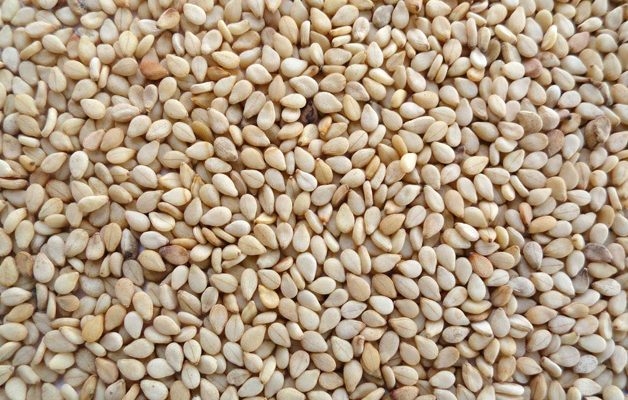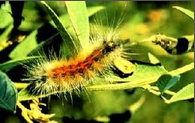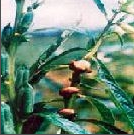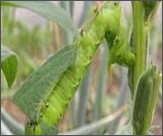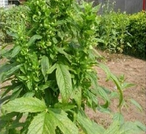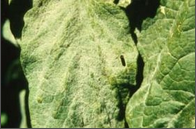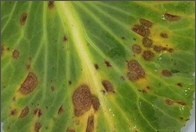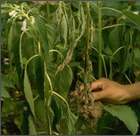T.K.G 55: Ready to harvest in 75 to 78days. Seeds are white in color with 53% oil content. Gives average yield of 250kg per acre. Resistant to root rot.
Phule Til No 1: Ready to harvest in 90-95days. Suitable for cultivation for whole Maharashtra. Grains are white color. Gives average yield of 200-250kg per acre.
Taapi (J.L.T 7): Ready to harvest in 80-85days. Gives average yield of 240-280kg per acre.
Padma: Ready to harvest 75 to 80days. Gives average yield of 260-300kg per acre.
J.L.T 408: Ready to harvest in 80-85days. Gives average yield 300-320kg per acre.
AKT 101: Developed by PDKV, Akola, suitable for summer sowing. Ready to harvest in 90-95days.
Other State variety
Pratap (C 50): Tall variety, ready to harvest in 100-105days. Seeds are white color with oil content 50%. Gives average yield of 200kg/acre.
RT 46: Variety having white seeds with 50% oil content. Gives average yield of 280kg/acre.
TC 25: Ready to harvest in 80-85days. Seeds are white with oil percentage of 48.4%. Gives average yield of 200kg/acre.
J.T.S.8: Ready to harvest in 83-86days. Seeds are white color with 52% oil content. Gives average yield of 240-280kg per acre. Resistant to root rot.
Jawahar Til 306: Ready to harvest in 86 to 90days. Seeds are white color with 52% oil content. Gives average yield of 280-360kg per acre. Resistant to root rot and powdery mildew.

